Guinness: Black Gold of the Irish
June 21st, 2011 by Brian in Disneyland Resort Beer Reviews, Walt Disney World Beer Reviews
Guinness. Do you even need any more? Yes, yes you do.
This is a special post for me because Guinness Stout is my mostest favoritest beer ever. Sure I love almost all beers (unless they say things like “with a touch of lime”), but Guinness is the one that never lets me down.
There are probably more interesting facts and historical notes about Guinness than any other beer, so I apologize in advance for the choppy nature of this post. Even I don’t want to write a 10,000 word beer post, so I’m going to skip around a bit.
Let’s start with the good stuff, the taste. I already told you that Guinness is my favorite, so you won’t be surprised to hear that I don’t have too many bad things to say. I fully admit that it is an extremely unique flavor and can take some getting used to. The bitterness and slight coffee-like aftertaste can definitely be shocking when comparing it another beer.
What consistently amazes me about Guinness is the relative light, smooth, easy drinking body of the black stuff. Just looking at it makes you think that it would be heavy and strong, but it is not either of those things, it is simply dark…very dark, with an amazingly creamy off-white head.
More than any other beer, you hear that Guinness is different in Ireland. I can say with certainty that is a true statement. The beer doesn’t have a different flavor or anything, but it has a fresher, cleaner taste which comes because it is, of course, fresher.
One myth I like knocking down is that the Irish or English serve beer warm. That is not true, although it is not served cold either. Since most pubs in that area of the world are pre-refrigeration, they stored the kegs in the basement. Therefore the beer is usually about 45-55 degrees, where chilled beer is usually around 38 degrees. You will actually see taps in England labeled “Extra Cold,” which is what Americans would consider “normal.”
Now, on to the History:
As you will undoubtedly see when you see any Guinness merchandise, founder Arthur Guinness first started brewing in 1759. His father was a brewer before him and he mostly brewed standard ales, as was the style at the time. Arthur purchased an old brewery in Dublin and had either astounding foresight or overwhelming confidence because he signed a 9,000 year lease for the equivalent of about $80 per year.
Shortly thereafter, he started brewing porter which was becoming very popular in London. In the late 18th century, strong porters began to be called “stout” porters as a marketing tool. Guinness jumped onto this in 1820 and the rest, as they say, was history.
(Skipping way, way ahead)
In 1997, Guinness merged with Grand Metropolitan (a hotel and restaurant conglomerate) to form Diageo, which is run out of London and is now the largest beer, wine, and spirit company in the world. They formerly owned such food organizations as Burger King and Pillsbury.
As far as beer and spirits are concerned, Diageo also owns: Harp Lager, Kilkenny Beer, Smithwick’s, Red Stripe, Bushmills Irish Whiskey, Johnnie Walker Scotch, Seagram’s Canadian Whisky, Smirnoff Vodka, Gordon’s Gin, Tanqueray, Captain Morgan Rum, Crown Royal, Goldschlager, Rumple Minze, and Bailey’s Irish Crème, among many others.
Overall, Guinness was both the best and worst thing to happen to Irish beer. The name is synonymous with Ireland, particularly Dublin, and they have brought an unquantifiable amount of attention and money to Eire. However, their power and notoriety have squeezed most of the originality out of the competition. With the exception of Murphy’s and Beamish (both owned by foreign companies) there are no major Irish brewers that are not owned by Guinness. Even micro breweries have a very hard time because of the lack of a sliding tax scale (implemented with help from Guinness) that means you pay the same tax whether you sell 1 barrel or 1 million.
How did Guinness get so big? Having a great product helps, but what helps even more is a great marketing department. In the 1930s and 40s, Guinness ran very memorable ads with slogans such as “My Goodness, My Guinness,” “Lovely Day for a Guinness,” and my favorites “Guinness is Good For You,” and “Guinness for Strength.”
Guinness Fun Facts (this is some good stuff):
Most people call Guinness black, but that is not technically the color. I would let you guess at the actual color, but it may take a while (plus, this is in print, so you would probably just cheat…I know you). It is really a very, very, very, very dark red. Yeah, I don’t know either, but that’s what the company says.
Guinness contains only about 125 calories per 12oz, only about 15 more than a light beer and fewer than orange juice or skim milk (so put it on your cereal). Also, it has many vitamins and minerals as well as antioxidant compounds that slow down the deposit of cholesterol. There is a legend that because of the antioxidants you cannot get hung over from drinking Guinness. I can confirm that this is not true.
Now, if you’ve ever ordered a Guinness draught in a bar, you have seen the peculiar way that it is poured. Specifically, they use a “double pour” where the glass is filled to about 2 inches from the top, rested, and then topped off slowly.
The reason for this odd method comes from times prior to refrigeration. In those days the beer would become stale relatively fast, so the pub would use mostly the old, stale beer but top it off with the newest, freshest barrel to give the illusion that the beer was new. These days, the only real reason for the double pour is to control the head. If the beer was poured normally the only way to get that perfect head would be to overflow the glass. If you’re wondering (how couldn’t you be) the “perfect pint” should take 119.53 seconds to pour, so next time you’re at your local Irish pub, get out the stopwatch.]
You may have also noticed that Guinness always uses a special tap which is due to a few scientific differences. For one, they use a mix-gas dispense system that utilizes both CO2 and nitrogen to limit carbonation. Also, the tap is affixed with a chiller and a restrictor plate. The chiller gets the beer to the proper temperature and the restrictor plate blasts the bubbles into tiny bits to achieve that creamy head.
I’ll (mercifully) end this with an odd little bit that connects the dots to Walt Disney World. Guinness is served in the UK pavilion in the World Showcase area of Epcot despite the fact that Ireland is not in the UK. In addition Harp Lager and Stella Artois (Belgian) are served on tap in the Rose & Crown pub.
There are a few instances of this sort of oddness in World Showcase but I find this to be the oddest because England, Scotland, Wales, and Northern Ireland (the actual UK) has so many great beers. I can’t find any official reason, but my best guess (and the best guess of the interwebs) is that these beers are “top sellers” in the UK. My opinion is that Disney just really wanted to serve Guinness in World Showcase and the UK is the logical choice.
Thank you again for reading and I look forward to hearing your comments, additions, scorn, and (most of all) unconditional praise.















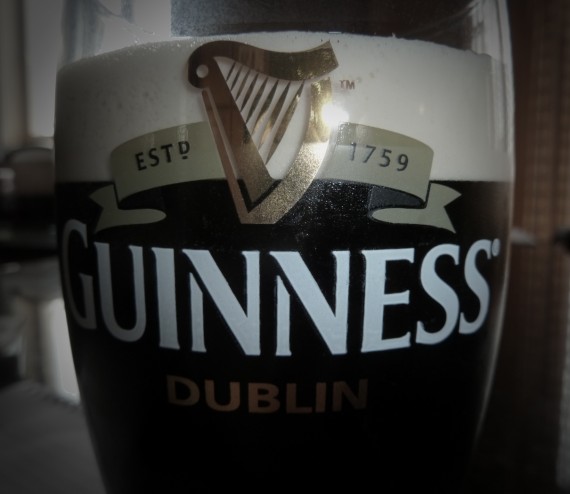
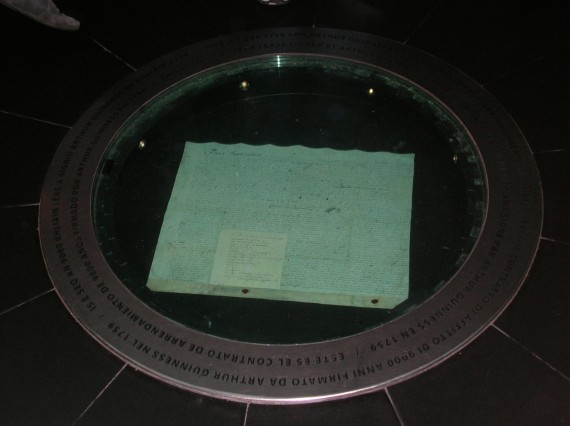
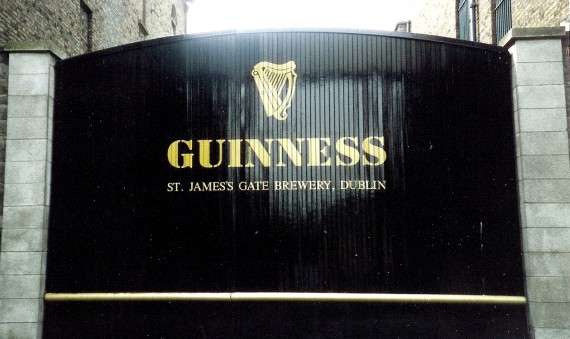


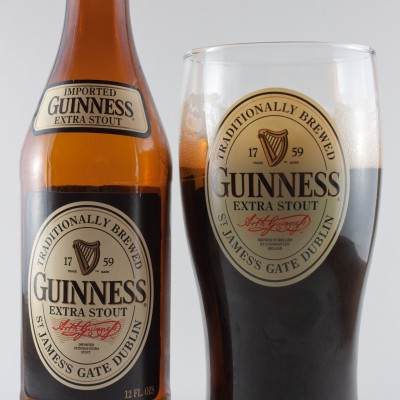
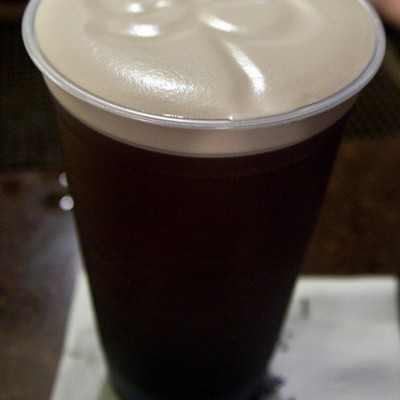
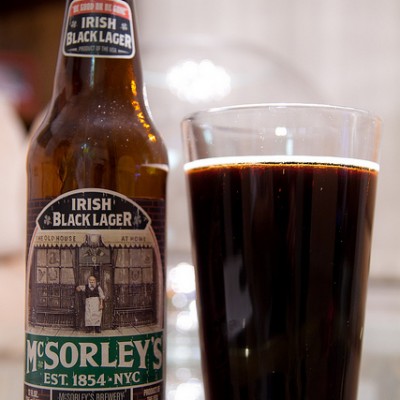

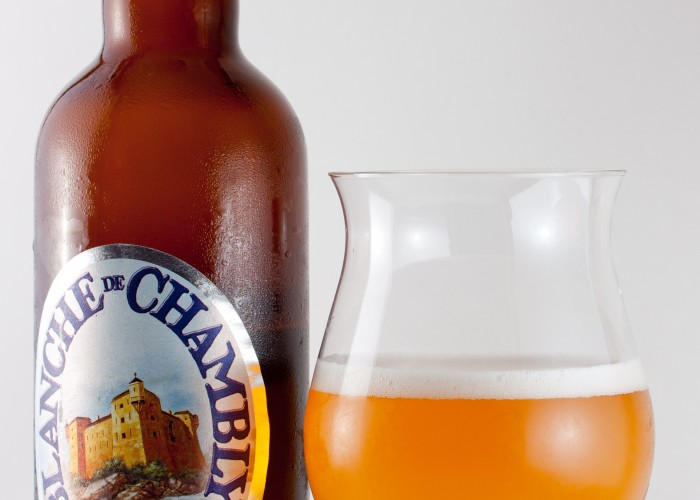
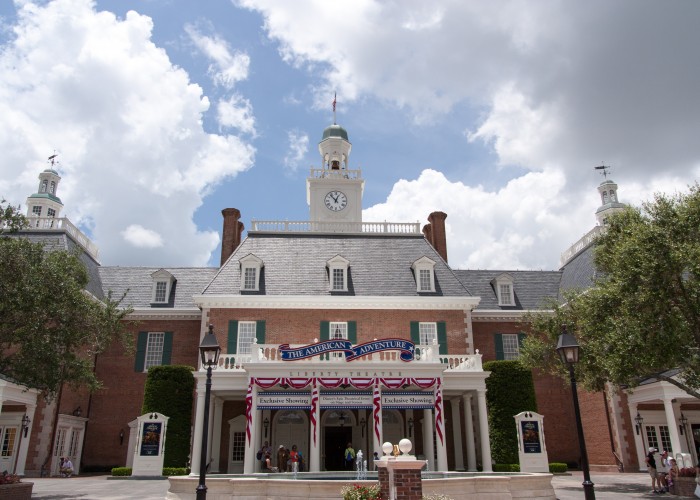

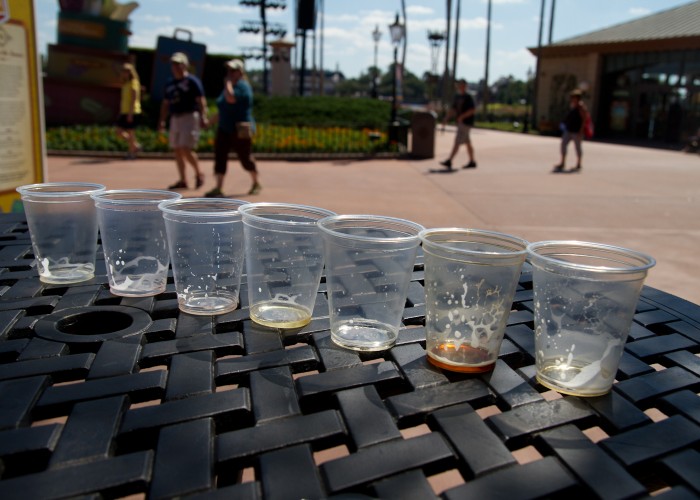
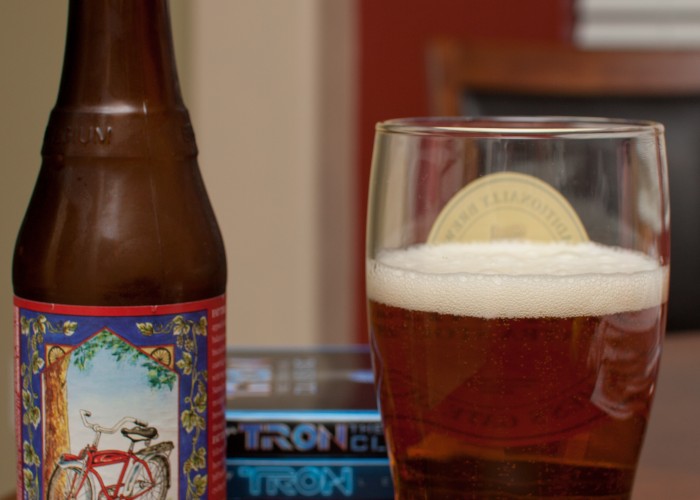
Scott
Awesome article!
Last year I went on a business trip to Scotland, and I distinctly remember the “extra cold” Guinness taps. Guinness was definitely one of the most popular beers in Aberdeen and the surrounding areas; Stella was also very popular. This one trip by no means makes me an expert, but I agree with your theory of Disney putting the UK’s top sellers in the United Kingdom pavilion.
Guinness is also available at Raglan Road if you want the Irish pub experience (or the Americanized Irish pub experience) while drinking it.
Brian Post author
Thanks Scott!
I completely forgot about Raglan somehow (please don’t kick me out)
NT3
I’m sure you’re right about why Guinness is served at Rose & Crown. Stella is a little bit more unusual of a choice but I’m thinking that could also be to serve a “traditional” beer for people who don’t want Guinness and Boddingtons without having to put a Bud Light tap in an “authentic” English pub.